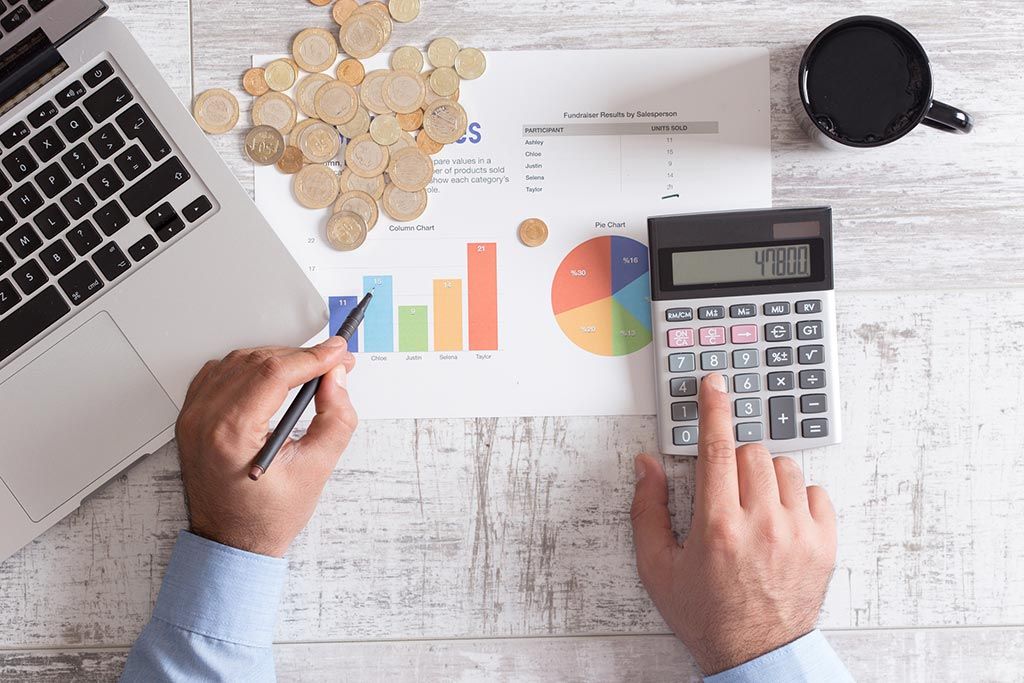
Three easy steps to create a personal balance sheet and understand your wealth
Improving your personal wealth is usually the number one reason for starting your own business.
So too is the desire to spend more time with your family.
Today you will discover how to do both by creating a personal balance sheet – an important task which will shape your journey as a business owner.
In order to improve your personal wealth, you need to know what you have and where you want to finish. When you have that starting point you can quantify the finishing point – and all that’s left then is the journey in between from A to B.
By pulling together the value of your assets and deducting your liabilities, you can find out your net worth/deficit – and begin to create a personal balance sheet that will allow you to make strategic business decisions based upon accurate information.
HOW DO I CREATE A PERSONAL BALANCE SHEET?
Basic balance sheet template
A personal balance sheet is exactly the same as a business balance sheet – basically it is a simple snapshot of your financial position at a specific point.
To create one, split a piece of papers into two columns and follow these 3 simple steps:
Step 1: Find all of your assets
In the column on the left, write down all of your assets (anything you own which has a positive monetary value) including:
- Cash and money in the bank
- Your home’s current re-sale value
- Investments – ISAs, mutual funds, college savings accounts, shares
- The current market re-sale value of your car
- The re-sale value of personal property – jewellery, household items
Add up the total value of your assets.
Step 2: Discover all of your liabilities
In the column on the right, make a note of all your liabilities (any financial obligations, loans or debt which must be paid) including:
- Your outstanding mortgage balance
- Personal loans
- Car loans
- Credit card balances you still need to pay off
- Student loans
Add up the sum total of all the money you owe, also known as your liabilities.
Step 3: Calculate your net worth by working out the difference between your assets and your liabilities.
- You can start to increase your net worth by:
- Gradually increasing your assets
- Decreasing your liabilities by paying off debts.
- Doing both at the same time
USING THIS INFORMATION TO IMPROVE YOUR WEALTH
To stay on top of your financial goals, it is a good idea to update your personal balance sheet every quarter or at six-monthly intervals.
At Northern Accountants, we believe that your net worth is one of the most important numbers you need to know.
Why? Because when you retire, which you inevitably will, it is the amount of money that will last you for the rest of your life.
That’s why this number needs to be big enough to provide for you and your loved ones for years to come.
Do you know what it needs to be to give you the quality of life you want?
If the answer’s no, talk to us and we will help you generate this number.
Once you have it, you’ll know exactly what your finishing point is – and we can then begin to map the journey in between.
For help calculating your net worth, email ‘CALCULATE MY NET WORTH’ and your contact details to